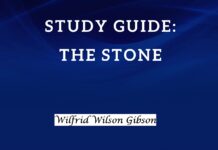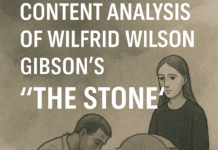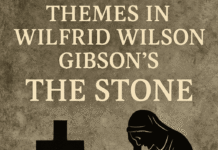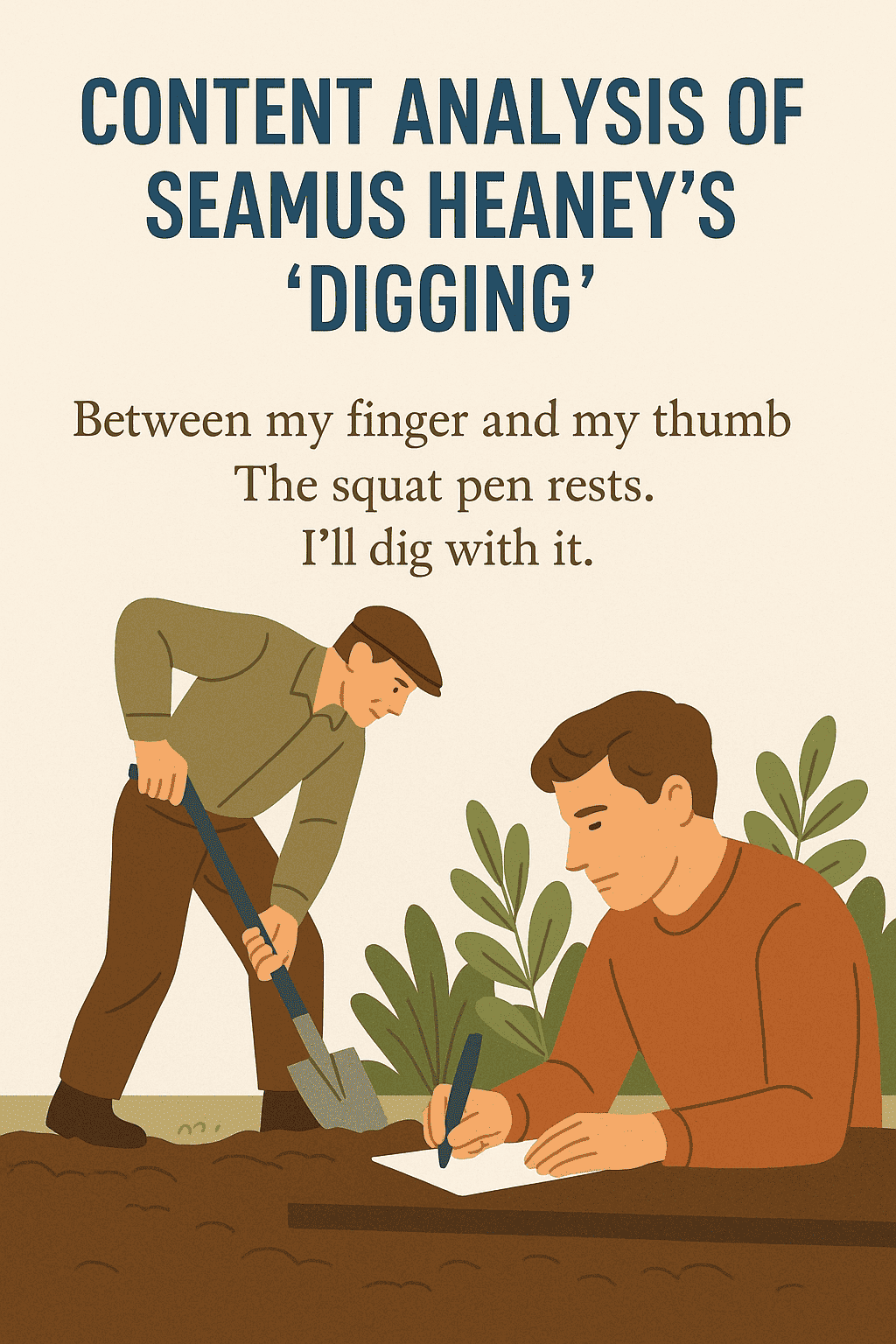📢 Follow our WhatsApp Channel for the latest literary updates!
The figures of speech used in Robert Frost’s poem, “Mending Wall”, are simile, metaphor, rhetorical question, assonance, and alliteration.
Other poetic devices in the poem include humour and sarcasm, and symbolism. Now, let’s examine the figures of speech used in the poem.
Simile
There is a striking instance of simile in line 40 of the poem: “In each hand, like an old-stone savage armed.” The simile emphasizes the conservative attitude of the poet’s neighbour.
Metaphor
There are several instances of metaphor in the poem.
“And some are loaves ...” (l. 17) “... and some are so nearly balls” (l. 17) “He is all pine ...” (l. 24) “... and I am apple orchard.” (l. 24) “Spring is the mischief in me” (l. 28)
Rhetorical Question
There are two instances of rhetorical questions in the poem. The first rhetorical question is in line 30: “Why do they make good neighbours?” The other is initiated ion line 30 and ends in line 31: “Isn’t it/Where there are cows?”
Read: Robert Frost’s “Mending Wall”: Poem and Analysis
Assonance
Here are some examples of assonance in the poem:
“That sends the frozen-ground-swell under it” (l. 2) “And spills the upper boulders in the sun” (l. 3) “... like an old-stone savage armed.” (l. 40)
Alliteration
There are few examples of alliteration in the poem:
“spills the upper” (l. 3) “old-stone savage” (l. 40)
Humour and Sarcasm
In line 19, the imperative sentence “Stay where you are until our backs are turned!” is quite humorous because the poet is addressing rocks as if they were animate. It can even be inferred that there is an instance of personification here since only animate things can be commanded in such way as the rocks were commanded.
The idea in lines 36 and 37 that “elves” might have been responsible for the falling down of the wall is also humorous and sarcastic.
Symbolism
“Wall” and “fence” are symbols of barriers human beings construct consciously or unconsciously to prevent mutual understanding between them. In line 12, “hill” symbolises human prejudices and the communication gap.

Join Our Social Media Channels:
- WhatsApp: Literature PADI
- Telegram: Literature PADI
- YouTube: @literaturepadi
- Facebook: Literature PADI











